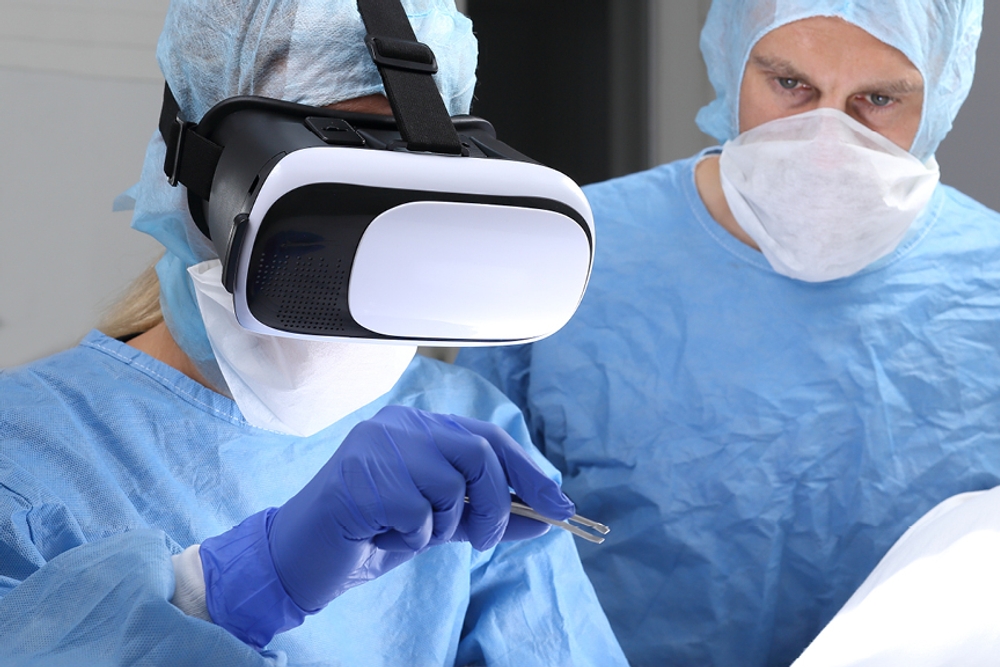Notable Medical Technology Advancements in 2018
Imaging
In September of 2018, Philips released their Ingenia Ambition X MRI, which uses little to no helium and keeps its magnets cool. This is especially noteworthy as helium is greatly used by MRI machines and is a potential safety hazard. As helium is also in great demand at times and can therefore be in short supply, this allows the users of this machine to operate without the crutch of needing as much of the popular gas.
Imaging is of great importance as it allows us to view parts of the body in such detail that diseases can be detected earlier, and medical professionals can give more accurate diagnoses. However, as MRI machines require the patient to keep completely still when being scanned, joint movement is hard to determine.
To counter this gap, engineers at NYU School of Medicine created an MRI ‘glove’ that provides a new look into hand anatomy and joint movement. As a wearable MRI detector, it allows for the capturing of high-quality images of moving joints.
Surgery
Advanced technologies such as virtual reality and augmented reality have allowed surgeons to take their skills to the next level. Basing themselves on the Microsoft HoloLens 2 augmented reality headset, released in 2018, surgeons at Imperial College London have developed an advanced technological way to reconnect blood vessels that have disconnected.
When surgeons need to repair damaged blood vessels, they may need to take tissue from other parts of the body and connect these blood vessels to the ones needing repair. As the current method only allows doctors to scan where blood vessels are, providing them with an AR system that shows the actual position of the blood vessels in an image above the patient is a game changer.
Wearables
According to the CDC, over 30 million Americans have diabetes, with over 84 million having pre-diabetes. That makes about 1 in 3 Americans diabetic or pre-diabetic, putting enormous importance on technology and its ability to help manage diabetes.
POPS! Diabetes Care was cleared by the FDA for their POPS! one System. Although not truly a wearable, this glucose monitoring system allows diabetes patients to stick a device to the back of their smartphone, which, let’s face it, we ‘wear’ everywhere. It includes a fully integrated meter that tests your glucose levels in less than 30 seconds. Their app provides personalized daily coaching and a means to connect to family or physician notifications through sharing options.
Dexcom has also introduced their G6 continuous glucometer after receiving FDA approval. It includes great improvements to their current wearable device and presents many advantages for accuracy and monitoring of glucose levels. The wearable sensor wire is much smaller and easier to apply to the skin and has a sensor that increases longevity from 7 to 10 days. The smartphone app allows remote monitoring and sharing of data with up to 5 followers, as well as customizable alerts.
When it comes to measuring blood pressure, Omron presented their HeartGuide, the first wearable blood pressure monitor. People can receive accurate blood pressure recordings in as little as 30 seconds, monitor their activities and their subsequent effect on their heart health as well as observe sleep patterns. Having received FDA clearance in late 2018, it will shortly be available to the public for purchase.
The University of California San Diego, on their end, released a wearable ultrasound patch that monitors blood pressure from arteries deep within the skin. It is a non-invasive blood pressure monitor that helps detect cardiovascular issues earlier and more accurately.
Artificial Intelligence
Of course, nothing can replace the instincts of a physician and surgeon, however, in some fields of medicine, artificial intelligence is really gaining ground. Used as an aid for certain medical condition diagnostics, advancements in AI provide ways to detect abnormalities in fields such as ophthalmology, radiology and others without needing a trained physician to review results.
The eye diagnosis company IDx launched the first system to gain FDA clearance that can autonomously and instantly detect signs of diabetic retinopathy. Using retinal images, the AI diagnostic system provides results in less than a minute, allowing patients to manage the progression of their disease at an earlier stage.
On the other hand, in the field of radiology, researchers at MIT and Massachusetts General Hospital have developed an automated system that appraises dense breast tissue in mammograms. As breast density readings seem to vary greatly across radiologists, the AI model was given tens of thousands of digital mammogram images to essentially learn various breast tissue types. Now, the model can identify breast density that closely resembles a radiologist’s diagnosis when given a new mammogram.
Are You Still with Us?
I’m sure there are a few technologies that healthcare professionals would rather do without, but one that seems to be of consensus is the fax machine. Not only does it go against what everyone is striving for in 2019, interoperability, but it is also unsafe and hackable. One can only hope no sensitive patient information is sent through fax machines.
Of course, after all these years, the fax machine has still not seen the last of its days thanks to the healthcare industry. Rarely do you see a fax machine in an office or home in this day and age, but low and behold, leave it to medical professionals to still know how to use them.

